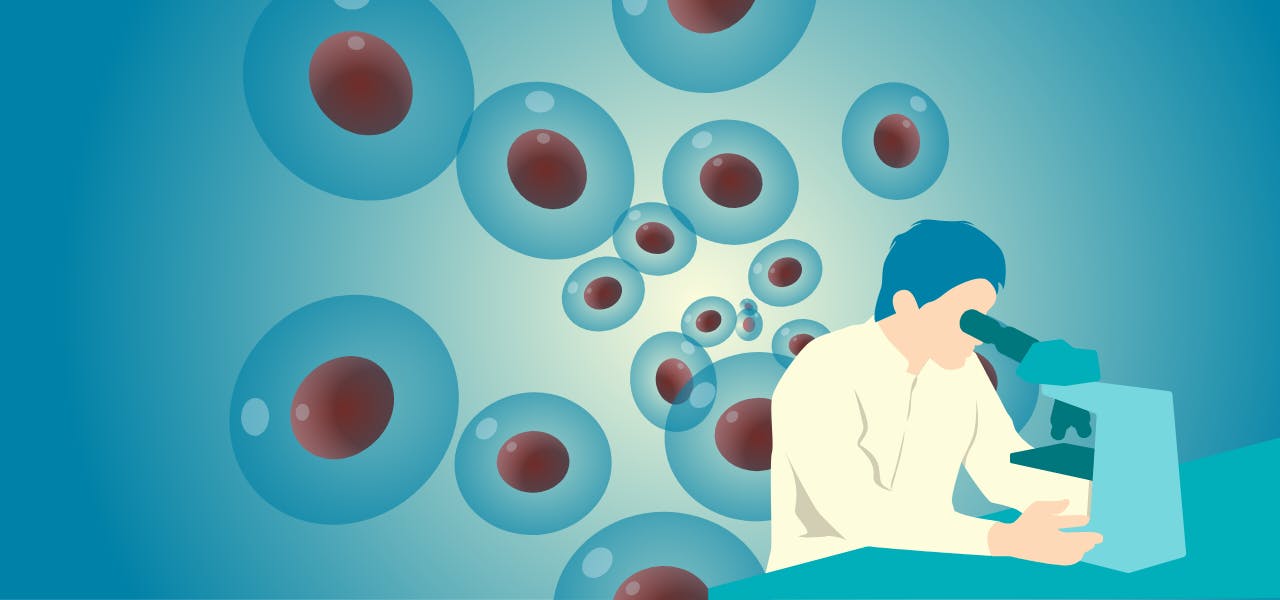The controversy behind embryonic stem cell research has become a widely spread hot-button topic over the past few decades. With misinformation on all sides, it’s difficult to come to a compromise that suits everyone. There are significant benefits that can’t be ignored, but the question is ethics is also one that must be wholly addressed.
Until the arguments are resolved, many scientists have found themselves putting the research on hold. The pro and anti stem cell work agendas are both highly invested in their sides, and the arguments - and agreements - are continually changing.
The History of Embryonic Stem Cell Research
Throughout the history of stem cell research, scientists have focused on the analysis and application of knowledge devoted to stem cells pulled from animals and humans. These have been in the form of both embryonic and non-embryonic adult stem cells.
The first record of scientists that were able to apply the use of this knowledge was back in 1981 when researchers retrieved embryonic stem cells out of the embryos of mice. Since then, biologists have used mice stem cells to further the advancement and achievement of the field of science, particularly since the discovery of a way to derive stem cells out of human embryos in 1998.
Human embryonic stem cells at the time had been created solely for in vitro procedures. Once they weren’t able to be used for that purpose any longer, they were donated to researchers, with informed consent given by the donor. This eliminated the ethical considerations of using them without the knowledge of the donor and other potential issues.
The next major innovation with embryonic stem cell research occurred in 2006. At that time, researchers were able to identify the conditions necessary to let certain adult cells switch to what would be considered to be “stem-like.” They could basically be reprogrammed through genetic alteration to act like stem cells, becoming an entirely new type of stem cell called a pluripotent stem cell, or an iPSC.
Potential Benefits of Using Stem Cells in Science
There is no arguing that serious, chronic diseases kill millions of people around the world every year. Cardiovascular diseases and cancer are the top two causes of fatalities in the United States alone, according to the CDC, with millions of deaths attributed to these conditions. But regenerative medicine, with embryonic stem cell research at its roots, could reduce these numbers significantly.
Regenerative treatments have been found to actually repair the damage caused by cardiovascular disease. They improve the results from current cancer treatments and have opened the door to better care of conditions like strokes, diabetes, neurological disorders, and respiratory disease, among others.
The possible benefits of stem cell research are almost infinite. Researchers have found ways already to use them in developing new drugs and therapies. They can replace cells and tissues that are damaged or destroyed. But without further research, there are a lot of obstacles in the way of taking these ideas and burgeoning techniques from their early stages into real world usage. A lot of controversial arguments have gotten in the way of this continued research.
The Controversial Issues
The use of adult stem cells that have been genetically engineered to act like stem cells is not controversial. In fact, these cells have successfully been used in clinical trials to treat cancer and certain genetic conditions. Using adult stem cells is not an ethical argument, and this type of research is encouraged.
The controversy stems when human embryonic stem cells (HESCs) are used in research. The argument is that using HESCs is unethical. It’s deliberate destruction of human life in order to promote research. Even if the egg donor gives consent, procuring these cells for science is not supported by many professional organizations.
Because one of the main tenets of human research is that it should benefit the person involved and the individual embryo does not benefit, the argument is that this type of research is morally wrong. On the other hand, though, scientists who promote this work do so with the counterclaim that the embryos they use are going to die anyway and have been given up for research by the donor.
Currently, these arguments are blocked by the opponents’ use of language from the Declaration of Helsinki, the Nuremberg Code, and the United Nations Declaration of Human Rights that the consent was given by a legal surrogate; however, this is only valid when there is minimal risk and potential benefit for the research subject who is unable to consent.
As long as HESCs out of human embryos are seen as these incompetent research subjects requiring informed consent from the legal surrogate, there is likely going to be a legal block in the question of ethics and morality.
